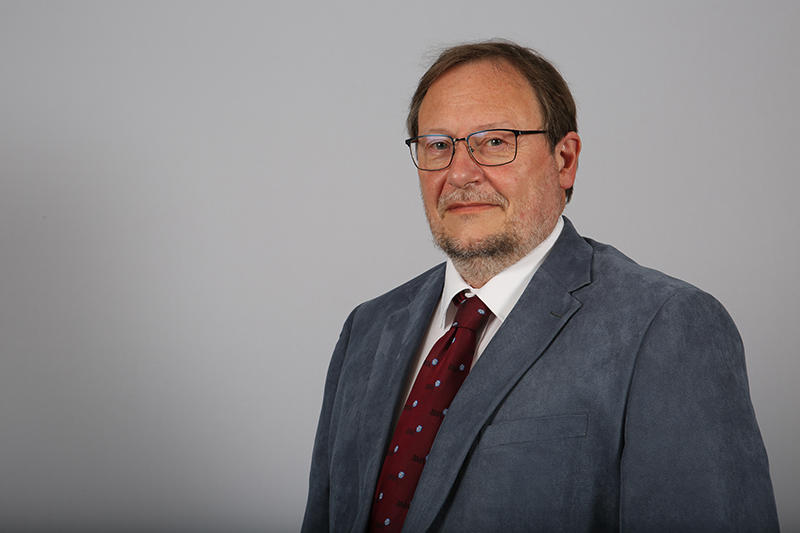Landmark national guidance outlining how MAPs (medical associate professionals) can work safely and effectively in the NHS, has today been published by the BMA.
The association has unveiled its report Safe Scope of Practice, which sets out in highly detailed terms the responsibilities of MAPs including PAs (physician associates) and AA (anaesthesia associates).
Described as a ‘first of its kind’ the report uses a traffic light-style system to illustrate what clinical duties MAPs should be able to carry out, as well as those responsibilities from which they should be prohibited.
The guidance also sets out six general principles for how MAPs should be deployed in primary and secondary-care settings.
These include ensuring that MAPs have no responsibility for undifferentiated patients, that they are supervised when caring for triaged patients and ensuring that those around them understand their job title and role.
The guidance comes as the Government continues to press ahead with its plans to have PAs regulated by the GMC despite intense opposition to such a move from the BMA.
Time for clarity
BMA council chair Philip Banfield said the prevailing lack of clarity as to the professional responsibilities of MAPs in the health service had necessitated the framework set-out in the report.
He added the guidance would seek to support doctors, employers and patients by ‘setting out clear parameters’ on how MAPs should be used and managed within healthcare settings in order to ensure ‘the provision of high-quality patient care’.
 BANFIELD: Need for guidance paramount
BANFIELD: Need for guidance paramount
He said: ‘The need for guidance, implemented at a national level, about what a physician or anaesthesia associate can do safely and to be a valued member of a medical team, is paramount. Our guide has been written by doctors, for doctors, to explain to the medical profession what MAPs should and should not do alongside their doctor colleagues, but it is also to help patients, to improve patient safety.
‘With the Government’s clear intent to expand the numbers of MAPs in the medical workforce, but without the clarity on the scope of their skills and responsibilities, it is even more important that patients know who is treating them and the skills and abilities of that clinician.
‘We know that MAPs are working in roles that increasingly cross the line into situations more appropriately requiring the expertise of a doctor, so our report sets out what the Association considers a safe scope of practice that will keep patients protected and allow the NHS to effectively employ MAPs to assist medical teams – which was their original purpose.’
He added: ‘By setting out clear parameters for the distinction between doctors and MAPs, ensuring proper in-person supervision by qualified doctors, and ending the creeping substitution of PAs for doctors on rotas, this safe scope guide sets out a clear explanation of how MAPs can be employed to maintain the provision of high-quality patient care in the NHS.’
Doctors' arena
While supporting the use of MAPs in appropriate roles and settings, many medical professionals have expressed mounting concern over associate staff increasingly taking on responsibilities previously reserved for doctors.
A recent BMA survey of more than 18,000 doctors revealed that 87 per cent of respondents said that the current use of MAPs in the NHS either ‘always’ or ‘sometimes’ posed a risk to patient safety.
The same survey found that 86 per cent of doctors felt patients were not aware of the difference between these roles and those of doctors.
As part of the NHS Long Term Workforce Plan, the Government has said it intends to increase the number of physician associates working in the NHS by more than 300 per cent by 2036/37 from roughly 3,250 to 10,000, while boosting the number of anaesthesia associates from 180 to 2,000.
Currently unregulated, ministers last month succeeded in passing legislation that will see physician and anaesthesia associates being placed under the remit of the GMC, a move that the BMA has warned risks further blurring the distinction between doctors and MAPs.
In calling for a temporary halt in the recruitment of MAPs, the BMA is now encouraging both NHS employers and the Medical Royal Colleges to adopt the guidelines set out in the safe scope report with immediate effect.

